
A Canadian doctor with nine retractions due to misconduct has lost a court case seeking payment for an expert medical exam he performed in August 2014. The exam took place several months after his university found he had allowed a breach of research integrity in his lab and a month before news of the investigation and his departure from the school made national news in Canada.
On Dec. 5, Cory Toth, a former professor at the University of Calgary (U of C), appeared in an Edmonton, Alberta courtroom as the plaintiff in a lawsuit filed in Provincial Civil Court. The story was first reported by the Edmonton Journal.
Court documents, which we’ve made available here, show that in April 2016 Toth sued Western Medical Assessments (WMA) — the company that hired him to perform the exam, which was used in another case — and Michele Reeves — the lawyer who hired WMA. Toth alleged that he never received payment for his work and sought Can$2,000 (US$1,552) plus interest. In his claim, he said that despite the U of C finding: Continue reading Doctor with 9 retractions loses lawsuit over work as expert witness
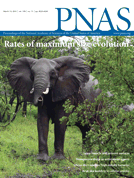
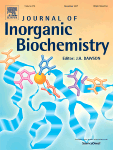
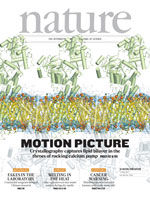
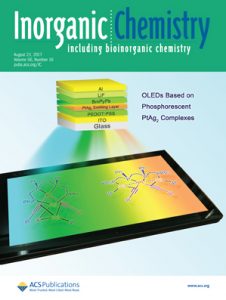


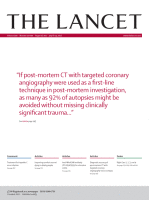
 When a journal discovers elementary design flaws in a paper, what should it do? Should it retract immediately, or are there times when it makes sense to give the researchers time to perform a “do-over?”
When a journal discovers elementary design flaws in a paper, what should it do? Should it retract immediately, or are there times when it makes sense to give the researchers time to perform a “do-over?” This week, the New England Journal of Medicine issued a type of editor’s note we’ve never seen before, on a
This week, the New England Journal of Medicine issued a type of editor’s note we’ve never seen before, on a 